Case Study: Climate Risk Assessment for Tourism
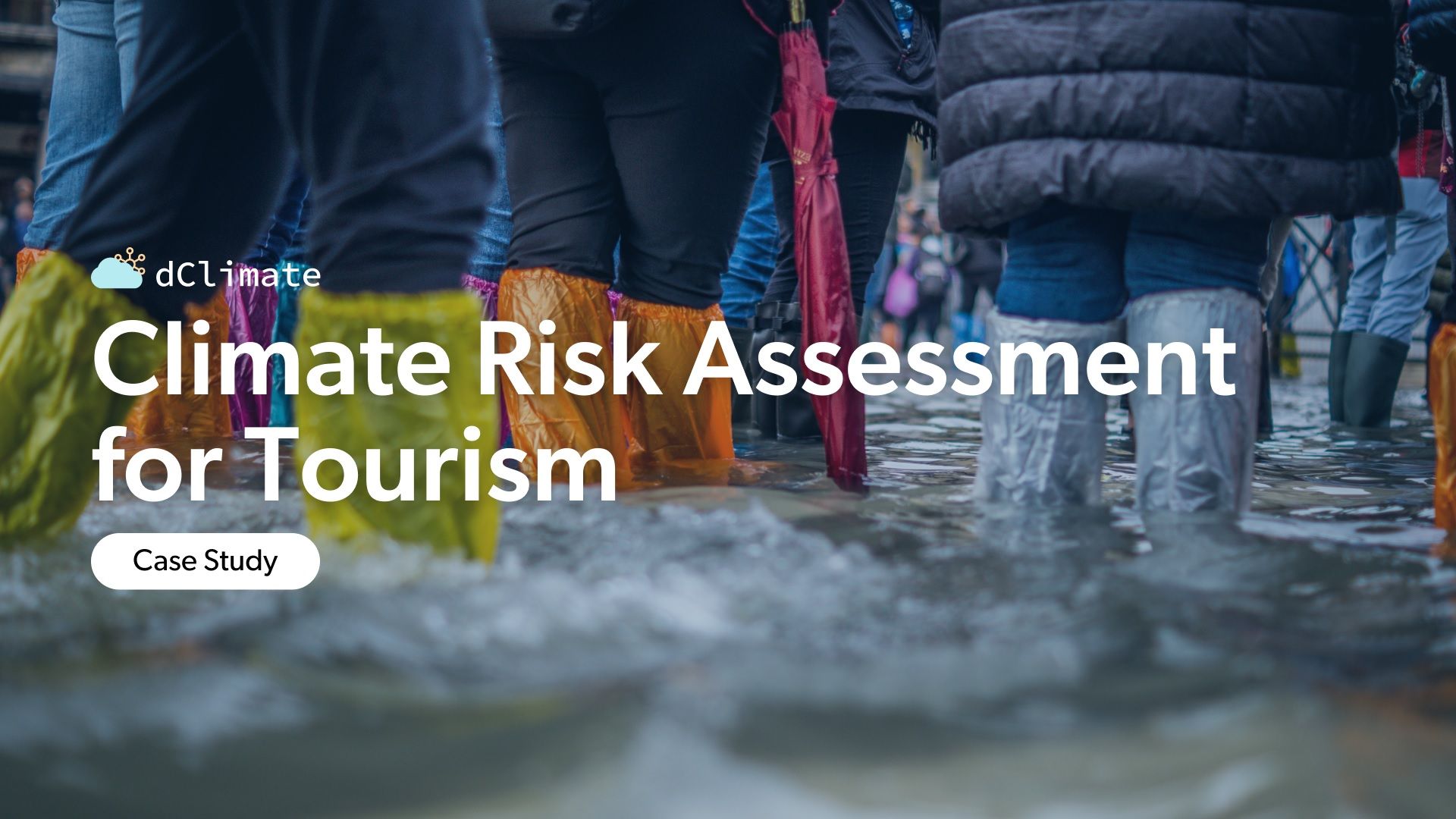
The tourism and hospitality industry is directly exposed to climate risks. As the economic impact of climate events continues to escalate, executives are increasingly urged to consider climate-related disruptions in their decision-making and business planning.
dClimate leverages its extensive repository of valuable and granular climate data—tested through industrial applications such as insurance settlement transactions—to develop solutions that address emerging climate needs like physical climate risk.
Meet Aegis - A Comprehensive Climate Risk Evaluation Platform
Through extensive research and analysis of the existing market tools, dClimate has developed a state-of-the-art physical risk assessment tool called Aegis.
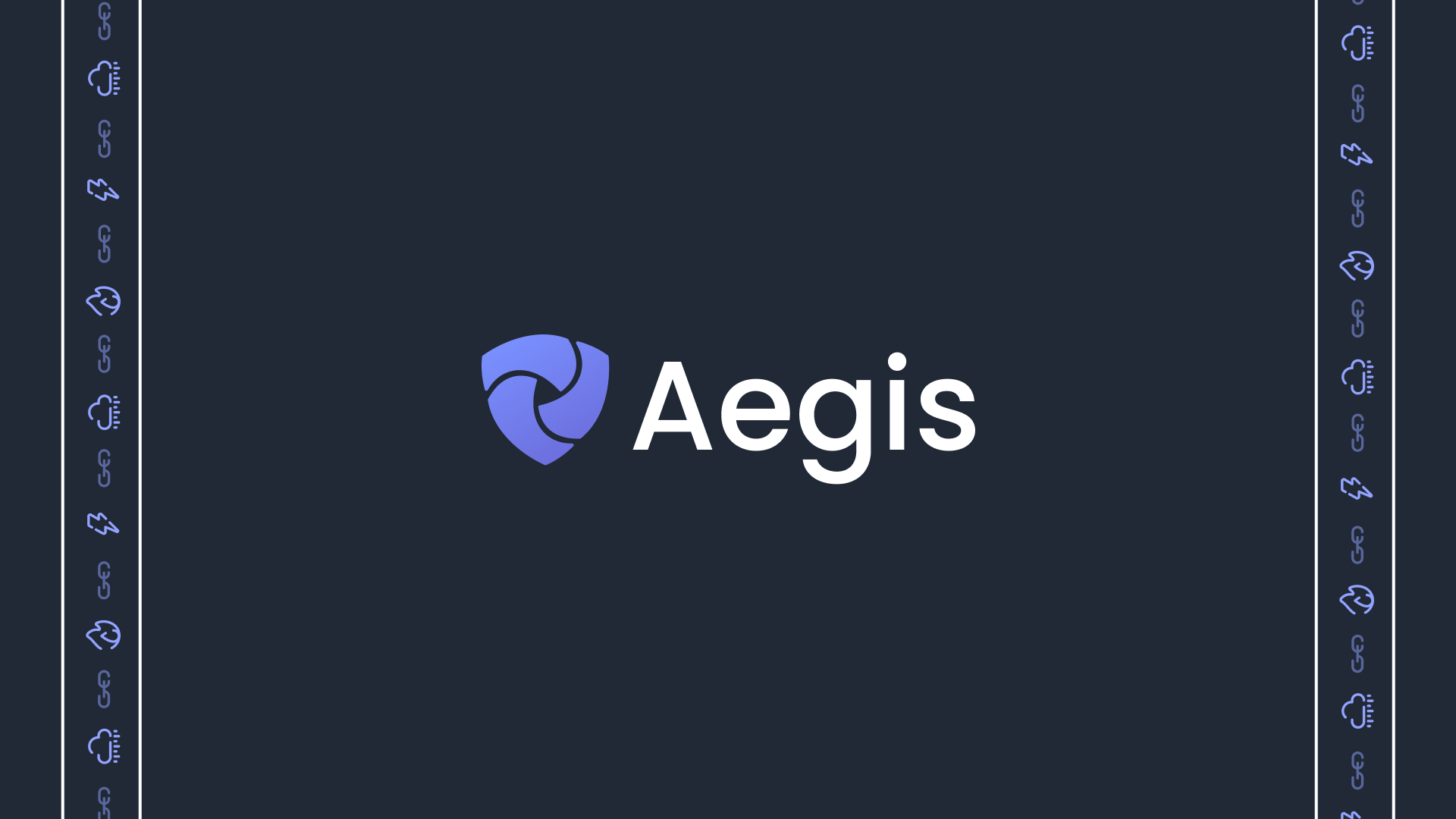
Read more details about Aegis in our announcement.
Aegis calculates the probabilistic risk of a climate peril occurring for an asset or assets in a location, along with the associated financial loss. Moreover, it includes a risk scale, enabling decision-makers to gauge which assets or locations pose higher climate risks for their business.
Physical climate risks—including extreme weather events like hurricanes, severe temperatures, flooding, etc.—can disrupt businesses and lead to financial losses through property damage and interrupted supply chains. With the rapid rise of these events due to climate change, businesses face growing operational and financial challenges.
By evaluating physical climate risk over time, executives can better plan and mitigate risk exposure. For instance, a major hotel chain can gauge the risk exposure of its assets (hotels, vacation homes, restaurants, etc.) to physical climate threats. The analysis can identify assets at greater risk of storm damage, properties that require upgrading due to increased flood risk, and locations that could suffer revenue loss due to prolonged heat waves under various climate change scenarios.
Such holistic assessments enable businesses in the hospitality and leisure sectors to understand and proactively plan for asset and supply chain liabilities.
Request Early Access to Aegis
If you are interested in Aegis, please fill out this brief form to request early access to our novel climate risk assessment platform.
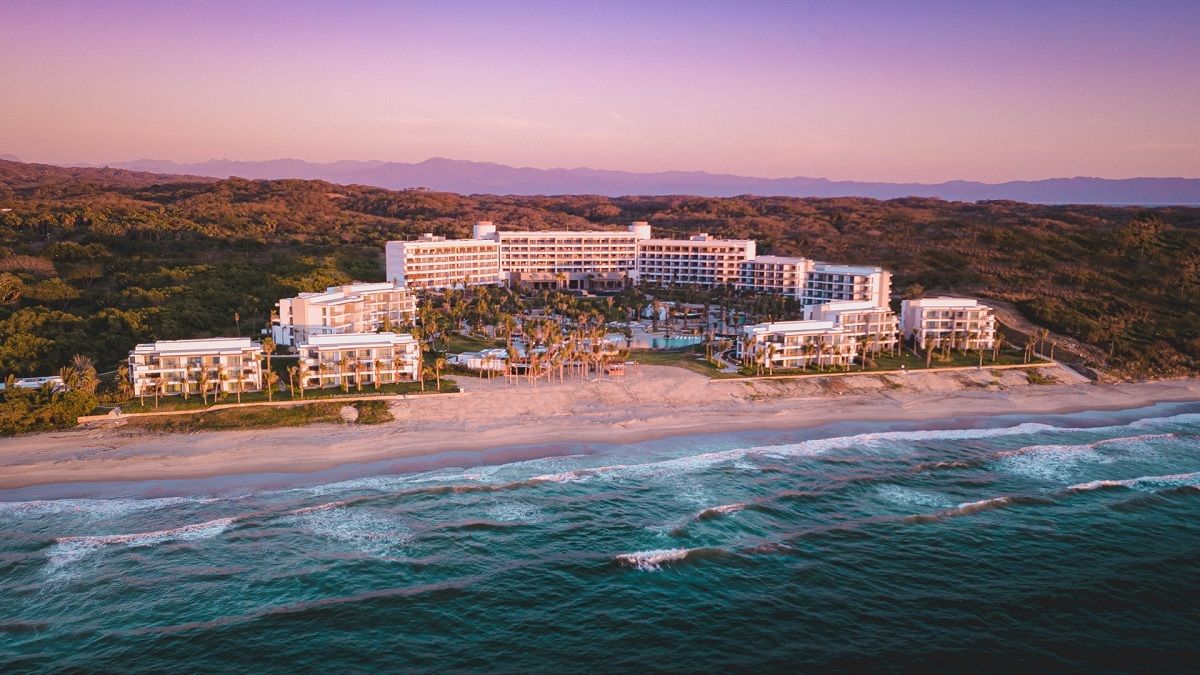
Case Study: Physical Climate Risk Assessment for a Major Hotel Chain
Methodology
In this study, we assess the physical climate risk associated with properties across various brands of a leading global hospitality company, with locations in Europe, India, and China.
Using publicly available data on the hotel chain's properties across 1556 locations, we conducted a physical risk assessment. We approximated asset value based on the number of rooms, interpolated from country-specific reports from global firms like HVS, Turner and Townsend, and CEIC. The assumptions were as follows:
- Average number of rooms per hotel: 165
- Average construction cost per room for 4-star hotels in Europe: approx. 268K USD
- Average construction cost per hotel in Europe: approx. 44 million USD
- Average construction cost per hotel in India and China: approx. 14 million and 18 million USD, respectively
The assessment examined the period 2025-2030, focusing on the SSP245 climate scenario—a world reliant on fossil fuels, resulting in moderate global warming.
Findings
Using Aegis, we calculated the risk for various perils, including Cold Outbreak, Heat Wave, Earthquake, Excessive Rainfall, River Flooding, Tropical Cyclone, European Windstorms, Tsunami, and Wildfire. Aegis allows flexibility in peril selection and assessment at both individual and portfolio levels.
Analyses included probability calculations for exceeding a specific magnitude of an extreme event and the potential loss. Average Annual Loss (AAL) was also determined at each asset location, displaying risk at both individual and portfolio levels.
Results
Output examples for an individual asset are shown below.
Summary of Average Annual Losses
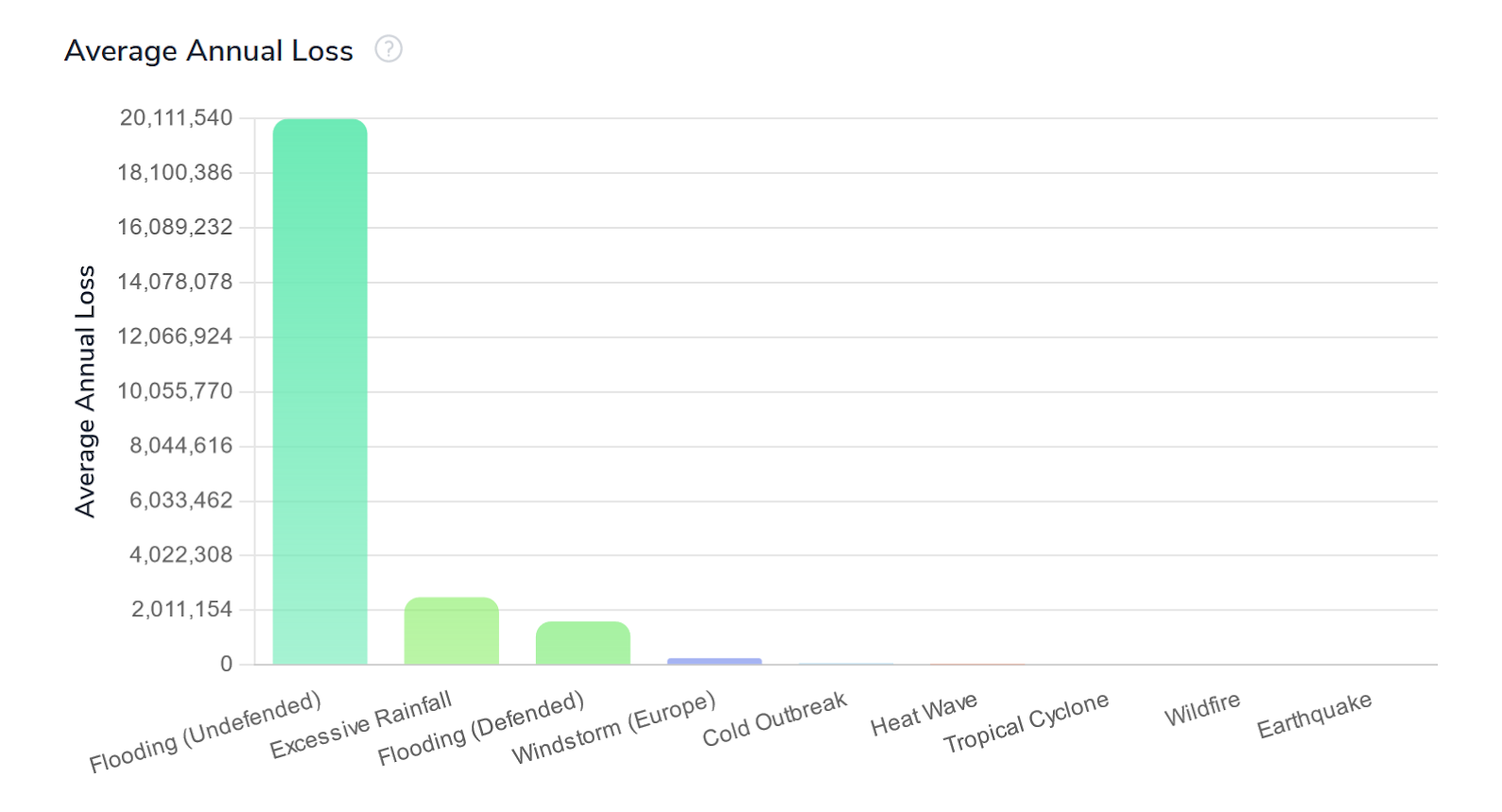
Exceedance Probability and Expected Loss
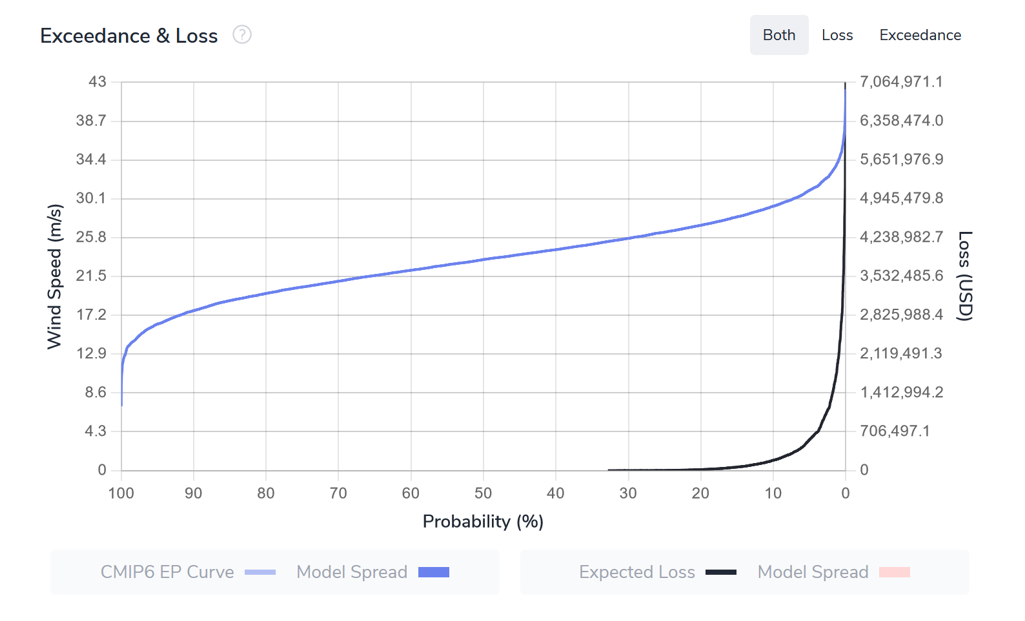
Portfolio Analysis
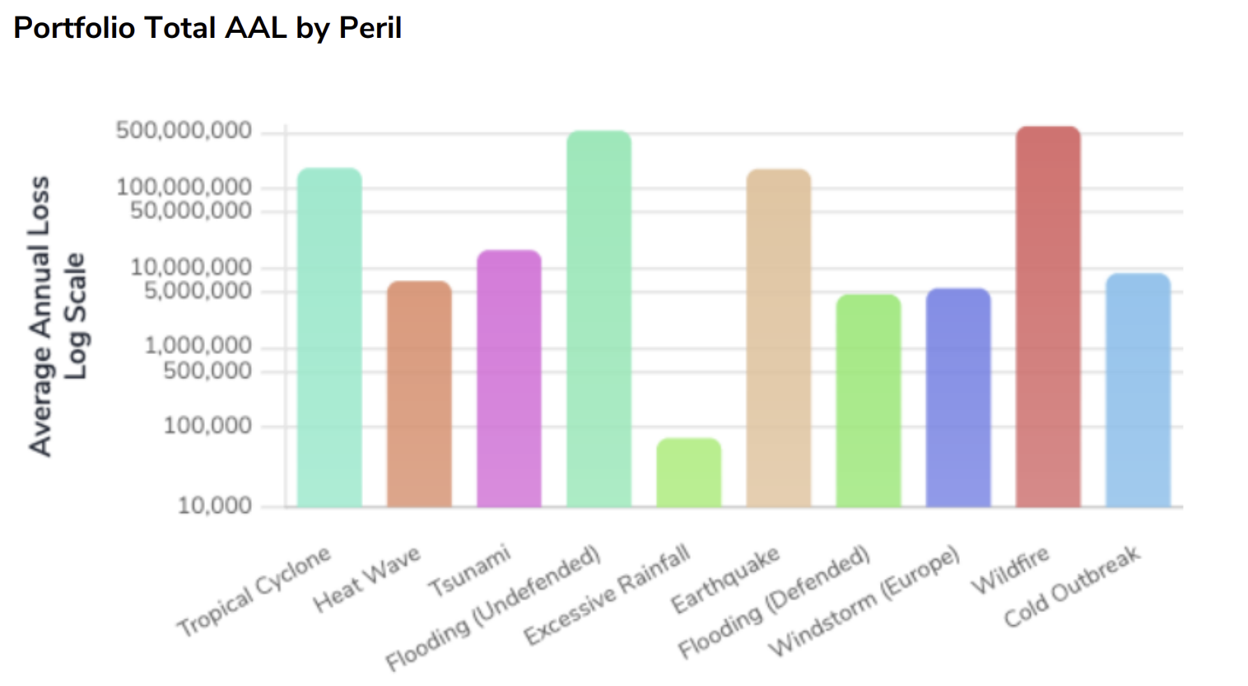
The highest AAL was associated with Wildfires, followed closely by River Flooding in undefended zones. Wildfires are increasingly threatening, with potential for more significant future loss.
A breakdown by region and peril revealed different risks:
Wildfire Risk Score
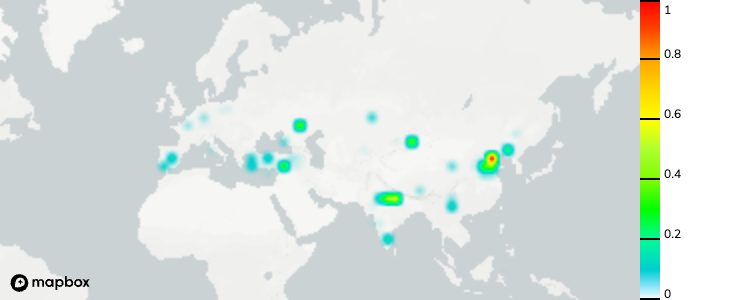
River Flooding (Undefended) Risk Score
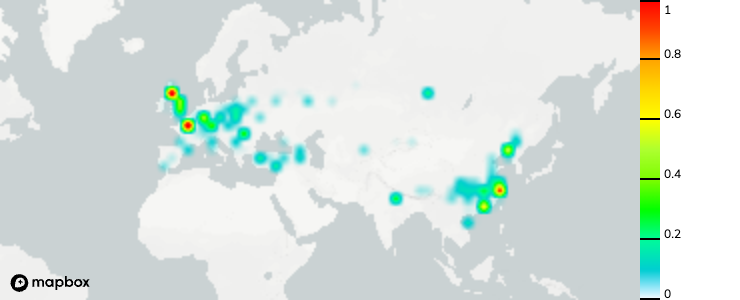
Tropical Cyclone Risk Score
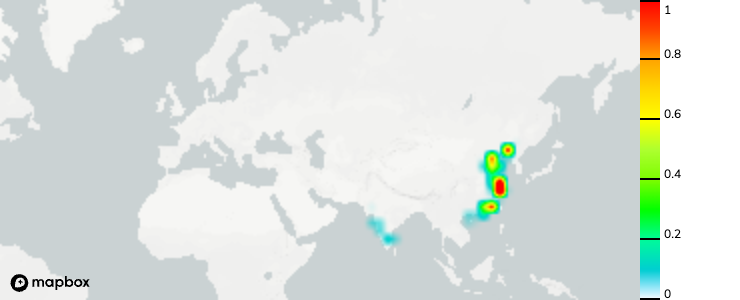
Wildfire is the highest annual loss in most regions, except Europe, where undefended River Flooding is growing as a threat.
Tropical Cyclone risk is high for western India and eastern Chinese provinces.
Charts showing risk scores for Wildfire, River Flooding (Undefended), and Tropical Cyclone were calculated over the entire portfolio.
Cold Outbreak AAL (USD)
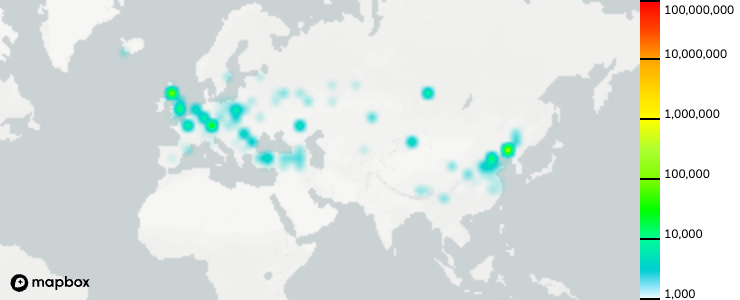
Other perils like Cold Outbreak or Heat Waves have relatively lower associated financial loss, as shown above, but are likely to lead to increased energy costs and potential lack of desire to travel to more extreme weather locations.
Implications and Next Steps
Based on the climate risk assessment, Wildfires, River Flooding, and Tropical Cyclones are likely to cause the highest average annual losses for assets in this portfolio. The assessment leads to several potential next steps:
- Compliance and Disclosure: Meeting emerging regulatory requirements such as TCFD and disclosing climate strategies.
- Business Planning: Leveraging average annual loss estimates for infrastructure planning, real estate investment, and property construction decisions.
- Insurance and Risk Management: Mitigating expected losses through insurance and integrating climate risk assessment into internal frameworks or transferring the risk to external vendors.
- Future Tourism Strategies: Understanding weather risks to inform potential locations for increasing or decreasing tourism based on climate hazards.
Conclusion
Physical climate risk assessment is vital for the tourism and hospitality industry. This case study showcases how a major hotel chain can use tools like Aegis to comprehend and mitigate climate risks, enabling strategic planning for asset and supply chain liabilities. As climate challenges escalate, such data-driven insights become key in shaping resilient and responsible business strategies.
Sign Up for Early Access!
For more information on Aegis please visit our website. For early access to the platform, sign up via the button below.
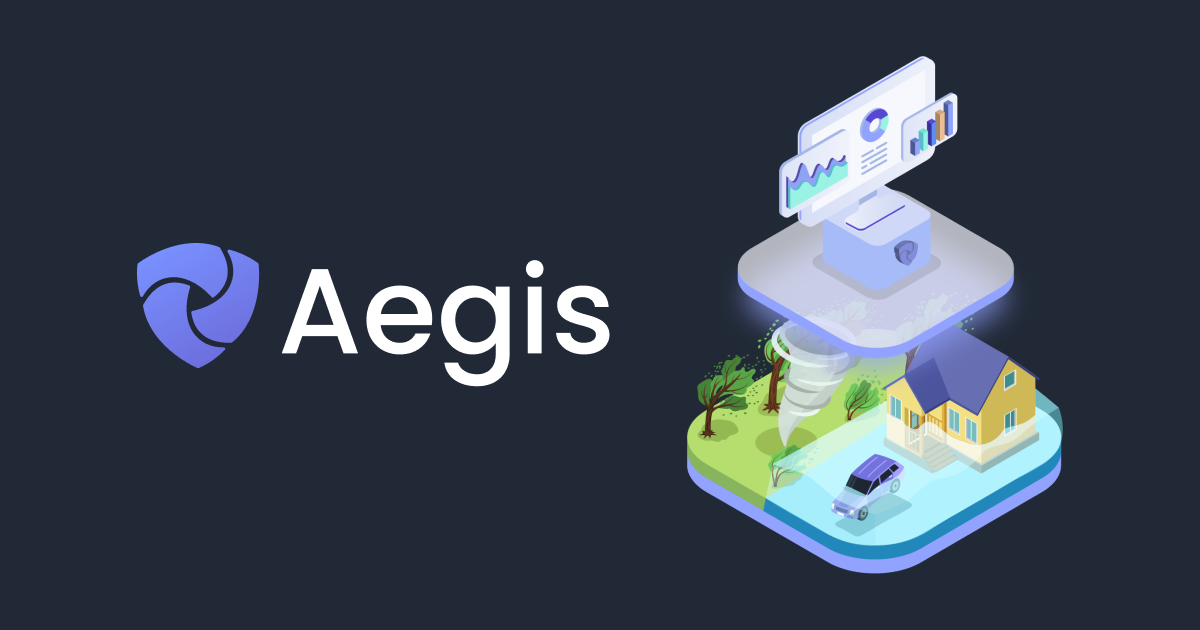
Reach out to us today (community@dclimate.net) to schedule a platform demo.
💽 Explore 40+ TB of free climate data via our Data Marketplace and API
🌐 Visit our Website, Blog, and Documentation
📰 Sign up for our bi-weekly Newsletter
🥳 Join the community: Twitter | LinkedIn | Discord | Telegram | YouTube


